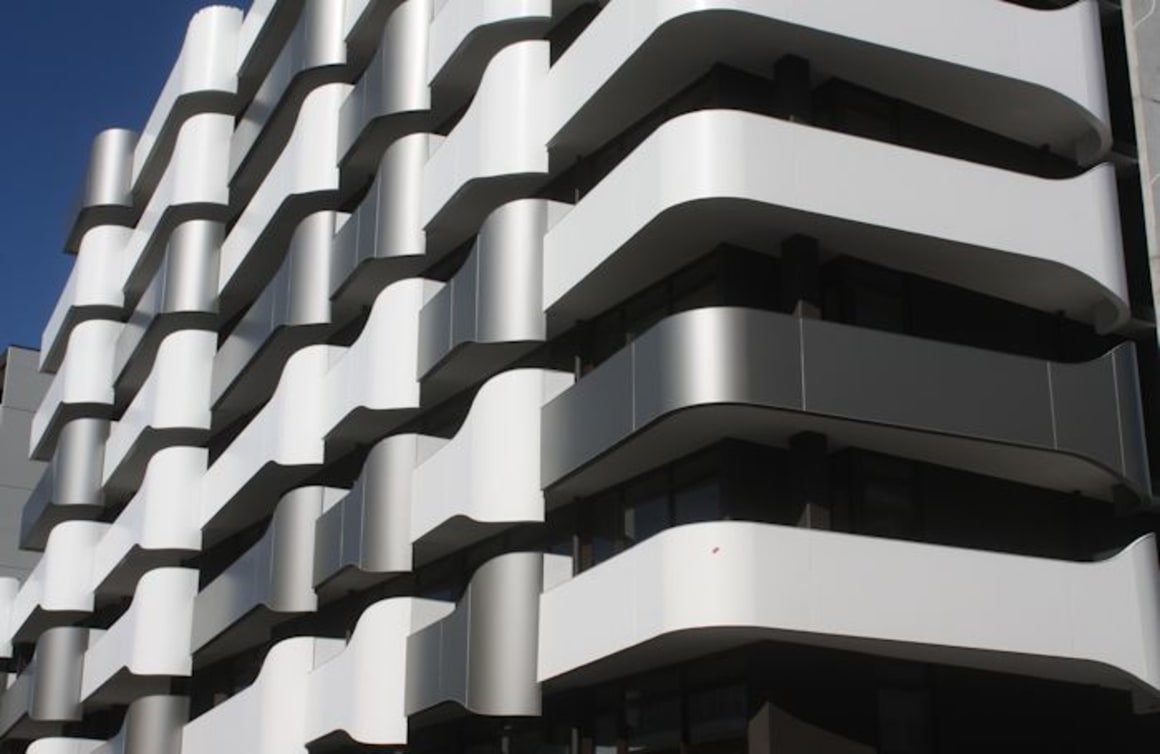Public permeability and the Tip Top Brunswick East development

Over the course of the last two years Urban.com.au has had cause to progressively watch Little Projects' Tip Top apartment project rise from the ground in East Brunswick. Emerging from dual 1940's Dutch art deco heritage façades fronting both Edward and Weston streets, the development was progressively opened over the course of 2014 as final touches were applied to public areas.
Granted the masses won't be filtering through Tip Top's concourse as Lygon Street is only a block over, but enough foot traffic exists in the area to warrant a concerted effort which ultimately delivered a pleasant, useable public space.
Development Summary
- Tip Top Bakery site, 65-year history as bakery
- 392 apartments over six buildings, retail and commercial space
- New buildings onsite: Silo, Seeds, Rye, Grain, Stables, Malt
- Retention and integration of heritage buildings facing Weston & Edward Streets
- Includes The Learning Sanctuary, a 92-place childcare centre
- $215 million end value
- Landscaping and public access through the site
Rothe Lowman on Tip Top
The project will be extensively landscaped, integrating public areas with spaces accessible by private residents only and will include bike racks for more than 250 bikes.
The two buildings that embrace existing facades along Edward and Weston streets have been designed to respond to original Dutch art deco styling. The studio sensitively added to the composition while retaining significant parts of the Heritage building.
Abstract notations of the bakery production process contribute to the personalities of each building, leading to the formation of more organic, curvaceous, interconnected forms. For example, the concept for the sixth building, Granary is derived from the interlocking nature of wheat, with balconies and privacy screens merging to become an integral composition.
The former stable block on Weston Street is the second historic building to be integrated within the development. Currently, the stable block is lost within the wider context of later building associated with the Tip Top factory. This proposal exposes the hidden side of the stable block in its entirety and reuses it as the entry to East Lane and the entrance to the building.
The east laneway will be open to public use but will have a heightened sense of privacy, partially generated by the more organic special forms; narrowed entry points, a portal through the historic facades and the changing landscape surfaces. Car parking and planting will follow more organic forms and will not represent a conventional streetscape.
Rothe Lowman: Tip Top
Experience in multi-building design and urban strategy
Rothe Lowman have conceived projects of a similar size and nature, notably the three buildings that comprise Hamton's Abbotsford precinct; the last of which titled Sanctuary is now under construction.
The firm has also designed 185 Rosslyn Street, West Melbourne which is currently going through the planning approval process. Consisting of several buildings located around a north-south public piazza and additional public spaces, one suspects 185 Rossyln Street may have employed many of the urban principles that were implemented in the Brunswick East development.
Enjoy the varied images of Tip Top, Brunswick East below.